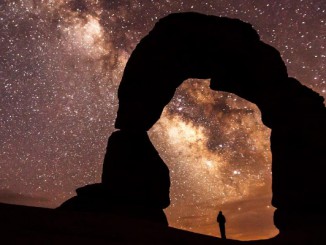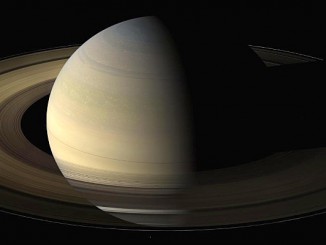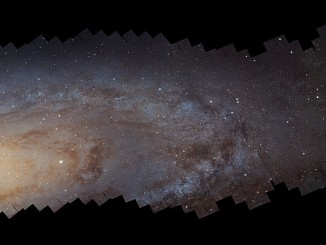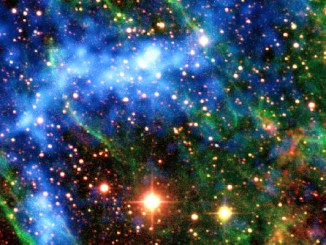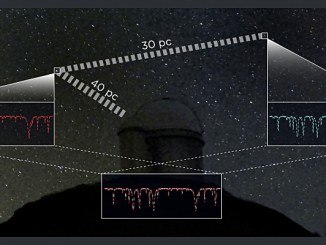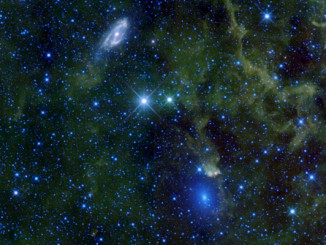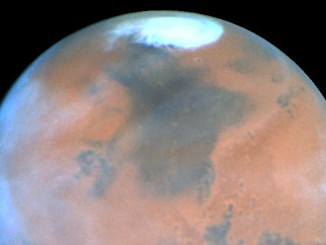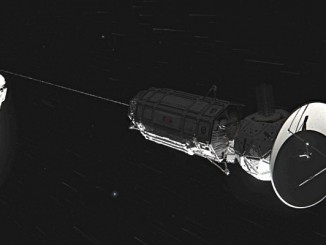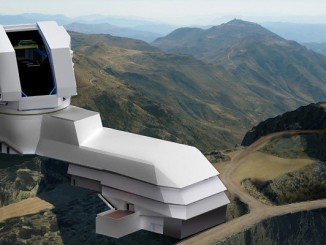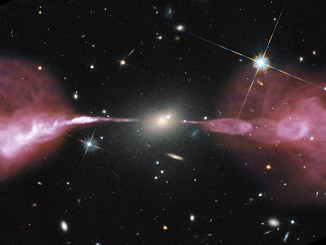
Citizen scientists make good black-hole hunters
Trained volunteers are as good as professional astronomers at finding jets shooting from massive black holes and matching them to their host galaxies, research suggests. Scientists working on citizen science project Radio Galaxy Zoo developed an online tutorial to teach volunteers how to spot black holes and other objects that emit energy through radio waves.

